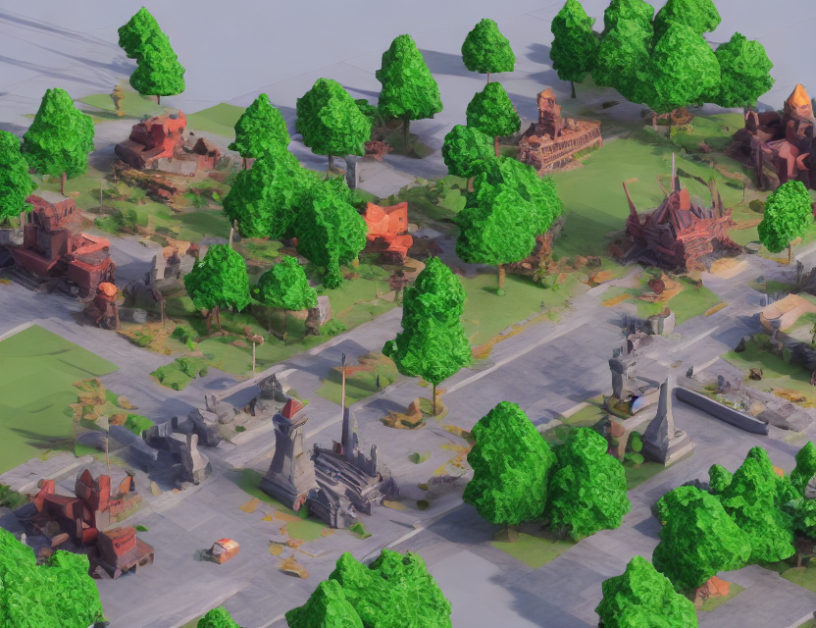Imagine you’re walking down a busy street, and suddenly it starts raining. You get splashed with dirty water on your face, and oh no! You don’t have any towels or tissues nearby. How would you clean up? This situation might seem trivial, but it illustrates the challenges of open-world 3D scene understanding.
In this article, we explore a new frontier in computer vision: equipping models with the ability to accurately perceive and identify objects from open-set categories, such as point clouds, in real-world environments. This task is crucial for applications like robotics, autonomous driving, and virtual reality. However, it’s challenging due to the scarcity of dense 3D semantic annotations, which are hard to gather and scale up to a large vocabulary space.
Fortunately, we have a secret weapon: image-language models that can exhibit exceptional open-world image comprehension capabilities. These models have been trained on vast amounts of paired image and text data from the internet, featuring a vast semantic vocabulary. By leveraging these models, we can generate pseudo supervision for 3D scene understanding tasks like dense semantic segmentation and instance segmentation.
The article highlights recent advancements in this field, including the use of sparse-convolution-based U-Net as the 3D encoder with CLIP text encoder as the final classifier for 3D semantic segmentation. The authors also demonstrate the effectiveness of SoftGroup for instance segmentation.
To evaluate these models, the authors employ mIoUB, mIoUN, and harmonic mean IoU (hIoU) for evaluating base, novel categories, and their harmonic mean separately. They also use mAPB50 and hAP50 for instance segmentation evaluation.
In summary, open-world 3D scene understanding is a challenging task due to the scarcity of dense 3D semantic annotations. However, by leveraging image-language models, we can generate pseudo supervision and enable models to accurately perceive and identify objects from open-set categories in real-world environments. This breakthrough has significant implications for applications like robotics, autonomous driving, and virtual reality.
Computer Science, Computer Vision and Pattern Recognition
Improving 3D Scene Understanding with Regional Caption Fusion



